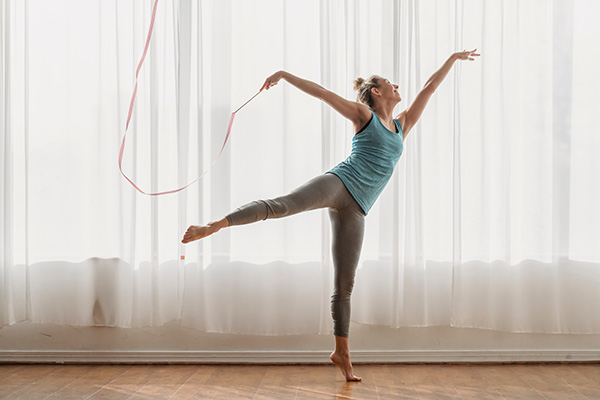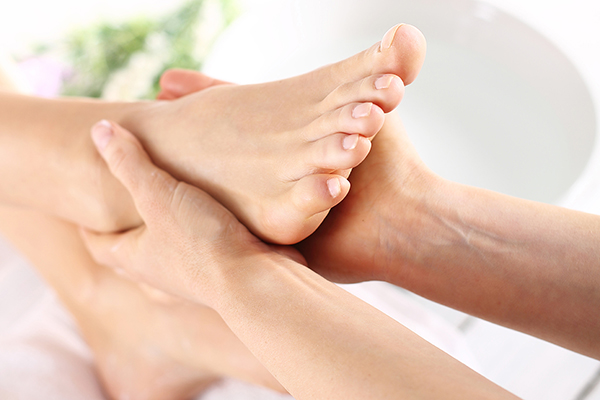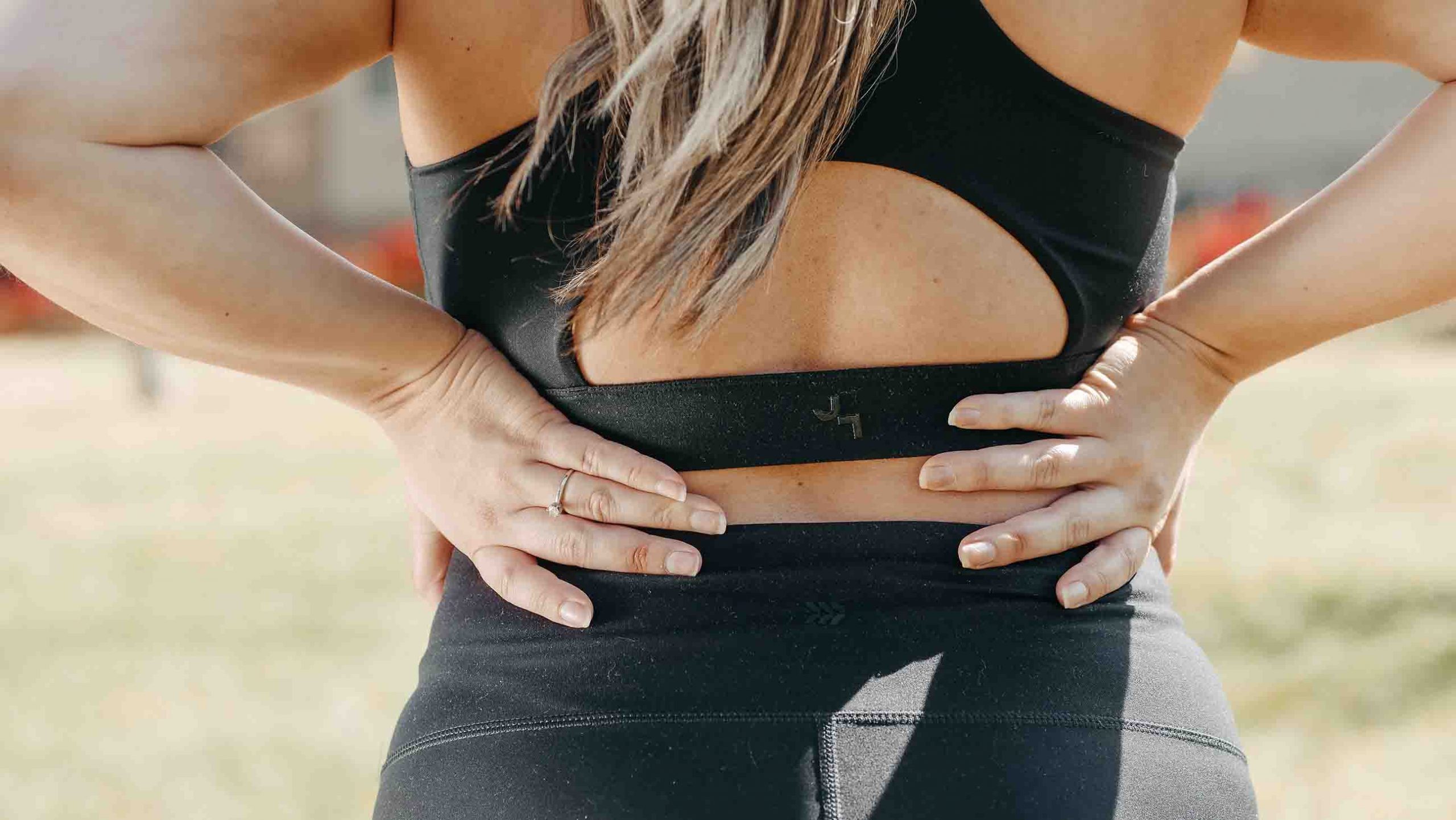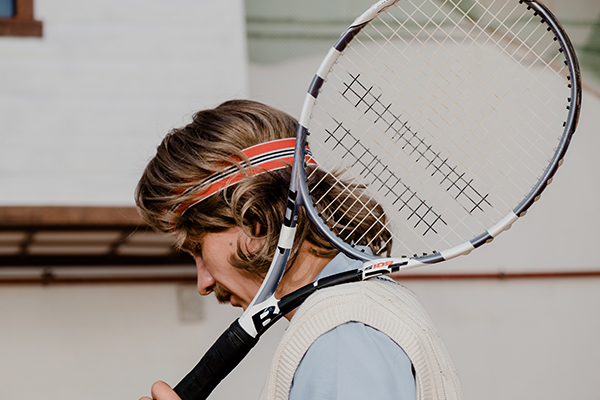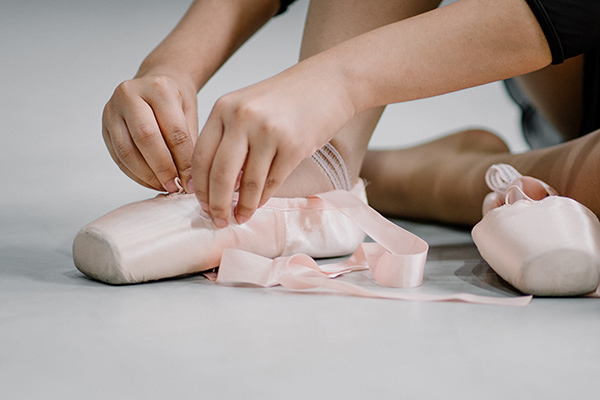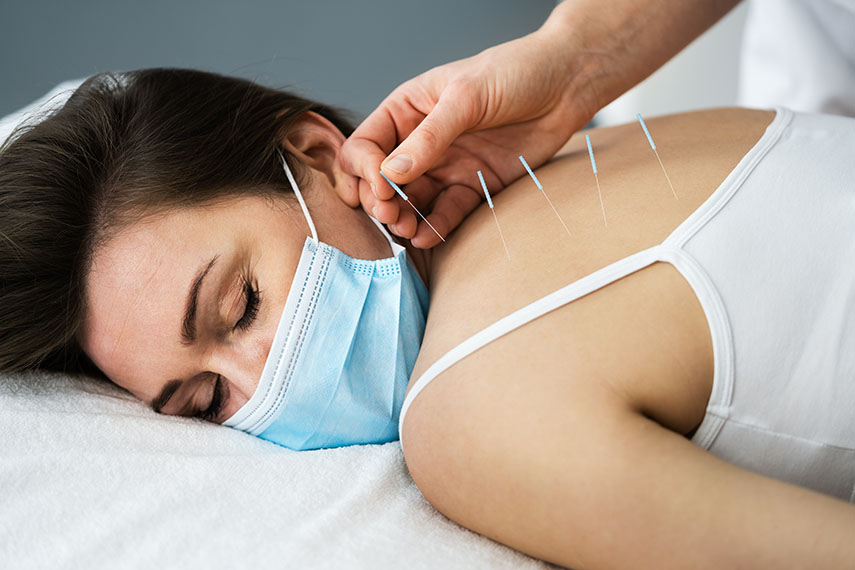Top 10 Most Visited Articles of 2016: Who Knew?!
Happy New Year and welcome to our list of top 10 articles of 2016. We think our therapists are pretty good at writing articles. It’s a great extension to their professional skills in being able to help the wider community with health & wellness tips. So here’s a roundup of some of the most viewed articles on our blog as we look back on 2016. So without further ado…
10. Surprisingly Easy Steps to Improve Your Flexibility
In 10th place is an article by Nick Dewey on how to improve your flexibility. Nick outlines the importance of being flexible and why simply stretching doesn’t always work. Nick also offers a number of suggestions and exercises to get you started on improving your flexibility.
Do you want to increase your flexibility but finding stretching just isn’t working as well as you thought it would? Maybe you need to work on your neural mobility.
I recently treated a 14 year old dancer from one of the local Gungahlin dance schools who’d experience pain when attempting the front splits. On assessment she had generally normal muscle length but experienced pulling pain in the lower back and down the back of her legs. For this young dancer there was something pulling on her nerves. This case reminded me of the importance of neural mobility in flexibility and the best way to treat this impairment.
Read more about improving your flexibility…
9. Quick Guide to Hypermobility – are your joints too loose?
In 9th place is an article by Natasha Rai about hypermobility, the symptoms and how to manage hypermoblity when it becomes a problem.
Joint hypermobility can be described as when some or all of a person’s joints have an unusual amount of extra movement in them. People with joint hypermobility can move their limbs into positions that most people cannot and very often are described as ” double jointed”. They can do things such as bending their fingers back as far as their wrist, knees going backwards or putting their hands flat on the floor.
Most people with hypermobile joints do not have any problems and there are many people that use their hypermobility to their advantage, just look at athletes, dancers and even actors.
Read more about hypermobility…
8. How to fix Heel Pain or Severs Disease in Children
In 8th place is an article by Megan Curry on Sever’s Disease, a common heel pain problem for children. Megan discusses what Sever’s Disease is and how to address the pain.
A common cause of heel pain in growing adolescents, particularly those that are actively participating in sport is a condition known as Severs disease. While the suggestion of a ‘disease’ to your child may conjure up images of a life threatening disorder crippling your child, Severs disease is not nearly so sinister and can be easily fixed.
At Sport & Spinal Physiotherapy in Gungahlin, Canberra we see many young people with this condition. I recently spoke to some local junior soccer teams about injury prevention and it was astounding how many young people had suffered from heel pain at some point. In this article I will outline this type of pain and how to fix your problem as soon as possible.
Read more about Sever’s Disease…
7. 5 Steps for Instant Relief from Migraines and Headaches
In 7th place, an article on finding relief from headaches and migraines hit the spot. The article covers some of the common reasons why we get headaches and migraines. Most importantly, you can read some tips on how to get quick relief. There’s one tip in there that will surprise a few of you…
In Headaches and migraines can affect all of the population. Based on overseas research, it is estimated by the Headaches Australia Organisation that there are up to seven million tension-type headache sufferers (36% for men and 42% for women) and up to three million migraine sufferers in Australia. Headaches and migraines can affect your home life, social life and work life.
With the latest research indicating that a number of headaches are being caused by the very medications taken to alleviate them, I’ll offer you some very effective alternatives to headache and migraine relief.
6. Taping: How to Tape Your Ankle, Knee or Plantarfasciitis
Coming in 6th place is an article I wrote on best practice taping tips. The article covers how to tape your ankle and knee, as well as for those suffering plantarfasciitis.
Many injuries benefit from taping for support and improved muscle activation for positional changes. However, an accurate diagnosis is the key, as different injuries require different taping techniques even in the same body part. So if you have an injury, you should see a physiotherapist at Sport & Spinal Physiotherapy and your physio will demonstrate the appropriate taping technique, if required, for your particular injury.
Ankle sprains, plantar fasciitis and kneecap pain (patellofemoral pain) in particular benefit from taping. We may apply certain taping techniques for these injuries to reduce pain with exercise often allowing you to make an early return to sport.
The descriptions below on the principles of taping, skin preparation, bracing, tape application and tape removal can be applied to any injury but are directed in particular to anterior knee pain, plantar fasciitis and ankle sprains.
5. 5 Best Pilates Exercises for Low Back Pain
In 5th place is an article by one of our guru Pilates instructors, Jim Fuller. In typical form, Jim has written a pretty comprehensive article on low back pain and how some particular Pilates exercises can help you. Jim has also included video of these exercises.
Pilates is an excellent form of exercise that will help you increase your strength and flexibility. An extremely common statement heard in the clinic when talking to people with low back pain is that someone who has had back pain in the past told them that you need to strengthen your core. Whilst there is nothing wrong with this statement (I certainly agree and there is a lot of good evidence surrounding this), the problem lies in the how….
Read more about Pilates for Low Back Pain…
4. 7 Easy Foam Roller Stretches to do at Home
In 4th place, Simon Davis has got you covered with everything you need to know about foam rollers and how to use them. Simon offers a run down on the types of roam rollers and the best foam rollers to use. You’ll also read about some handy ways to stretch out those sore muscles.
Have you ever wondered what those foam rollers are or how to use one effectively?
If you’re looking for an effective way to give yourself a massage, then foam rollers are your friend. You may have noticed these cylindrical shaped foam devices in the gym or at your physio clinic. You may have also wondered how a foam roller can benefit you and what types of stretches you can do with a foam roller.
Many athletes use foam rollers to help ease the aches pains that come with competitive training and exercise. Although, foam rollers are not just for athletes and we recommend everyone should have one at home to help reduce injuries and for a better recovery after exercise.
3. 6 Steps to Fixing Tennis Elbow Pain
I’ve managed to secure the 3rd place bronze medal for my article on Tennis Elbow. Of course, this article tends to get great traction around this particular month! It’s a great article on the symptoms of tennis elbow and how to fix and prevent this condition.
Could you be suffering from tennis elbow and not realise it?
The most common kind of elbow pain is a condition known as lateral epicondylalgia – or tennis elbow. Ironically, you also don’t need to be a tennis player to get tennis elbow. Many who have suffered from tennis elbow, actually do not play tennis. It’s also important to point out that recovery from tennis elbow requires a proactive approach involving diagnosis, treatment and strengthening. Through rest alone, your recovery will be very slow.
2. Dancers: How to Fix a Clicking Hip – Snapping Hip Syndrome
Taking out 2nd place is an article by Anna Crosby on Snapping Hip Syndrome in dancers. Anna gives a run down on Snapping Hip Syndrome and how best to treat this condition. She also gives readers some excellent stretches for those dancers suffering from this syndrome.
At Sport & Spinal Physiotherapy we treat young dancers from the local Gungahlin community and beyond. We have dancers from as far as Junee who come and have assessments and treatment for their dance-related injuries. A common complaint is the hip that clicks and this is known as Snapping Hip Syndrome.
These clicks and other sounds have often started without pain but usually develop into painful clicks, clunks or chronic pain if the issue is not dealt with. Early treatment and rehabilitation will mean a faster recovery, but often we do treat this problem when it has developed into a more chronic issue. Correct rehabilitation will mean less risk of the injury becoming problematic in the longer term.
Read more about Snapping Hip Syndrome…
1. Your Top 6 Dry Needling Questions Answered (Western Musculoskeletal Acupuncture)
And finally, drum roll please…the gold medal goes to an article on Dry Needling by Jamie Clough. In this article, Jamie discusses the differences between dry needling and acupuncture. How dry needling works and what to expect during a dry needling physiotherapy session is also covered.
Dry needling is a technique that is fast gaining appreciation within the physiotherapy world, with many practitioners throughout Australia now trained in the use of acupuncture needles to assist with their client’s pain and rehabilitation. I found myself interested in dry needling and its application from an early stage in my physiotherapy career, and have undertaken dry needling courses and have also undertaken formal postgraduate training in musculoskeletal acupuncture.
We’re looking forward to another great year at Sport & Spinal Physio and Your Podiatry Canberra for 2017. We’ll be bringing you more articles this year on topics of interest to you. If you would like to see an article on a particular topic then let us know. All the best for 2017.
